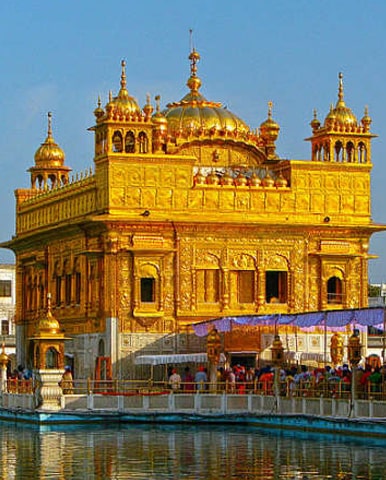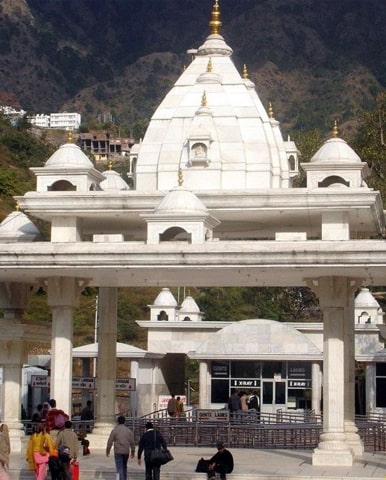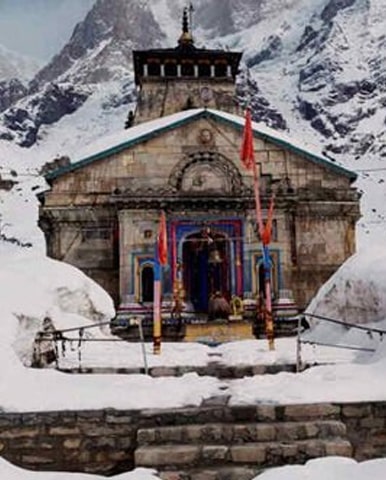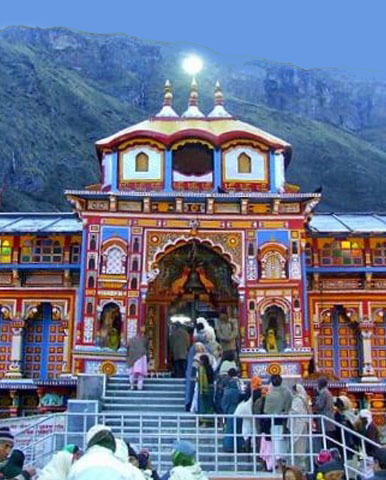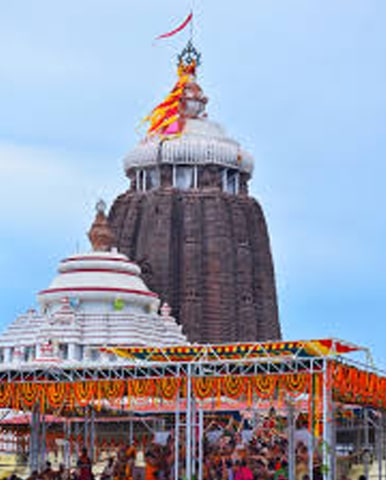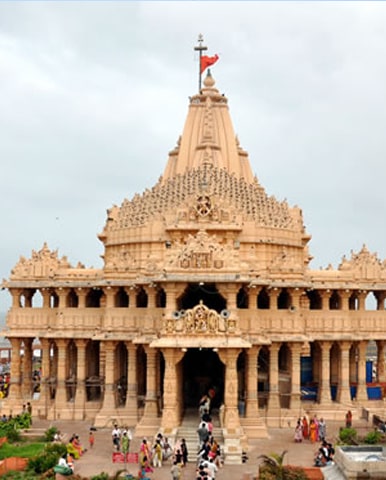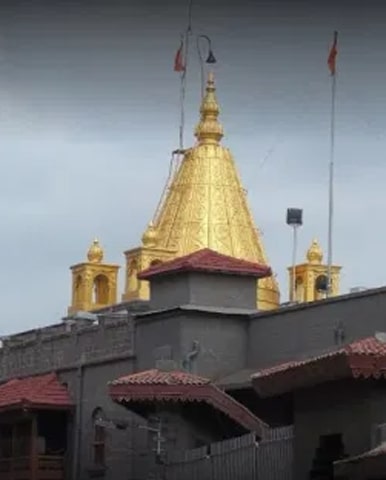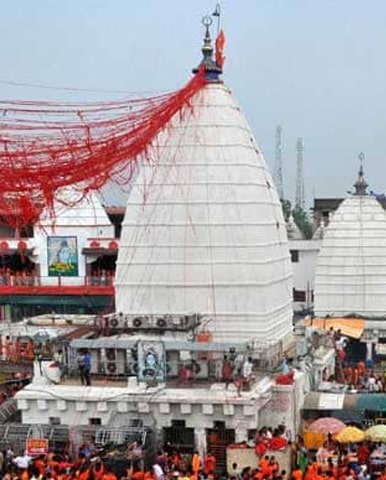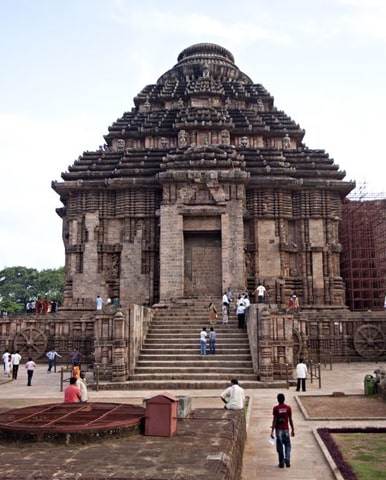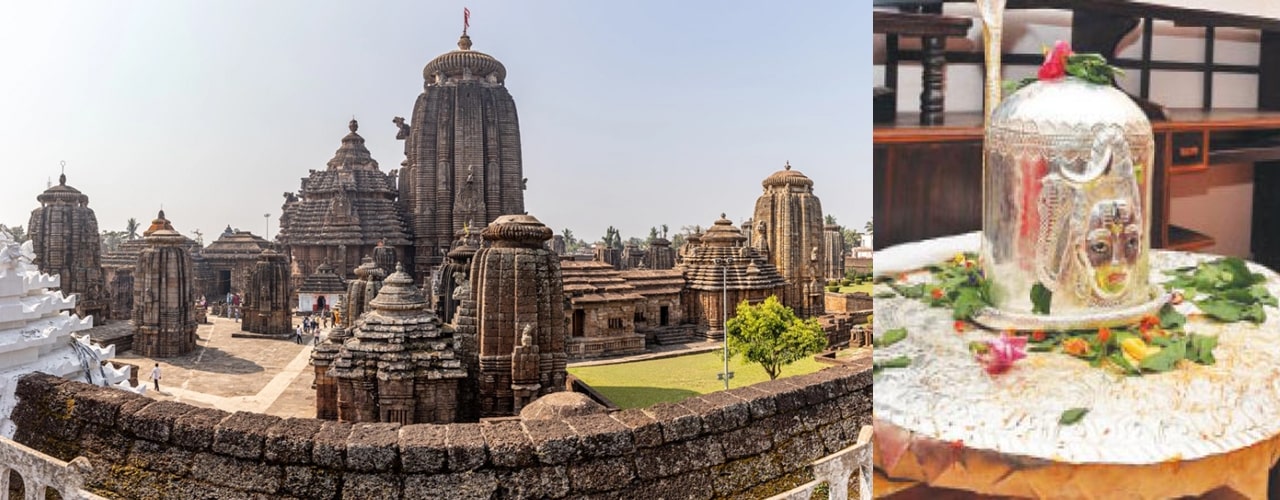
Lingaraja Temple, Bhubaneswar
Lingaraja Temple is a Hindu temple devoted to Shiva and is one of the oldest temples in Bhubaneswar, the capital of the Indian country of Odisha. The temple is the maximum distinguished landmark of Bhubaneswar town and one of the primary traveler attractions of the kingdom. The Lingaraja temple is the largest temple in Bhubaneswar. The significant tower of the temple is 180 feet (55 m) tall. The temple represents the quintessence of the Kalinga structure and culminating the medieval levels of the architectural lifestyle at Bhubaneswar.The temple is assumed to be built with the aid of the kings from the Somavamsi dynasty, with later additions from the Ganga rulers. The temple is built in the Deula fashion that has 4 additives particularly, vimana (structure containing the sanctum), jagamohana (assembly hall), natamandira (festival hall) and bhoga-mandapa (hall of offerings), every increasing within the peak to its predecessor. The temple complicated has 50 other shrines and is enclosed by using a big compound wall.
Bhubaneswar is known as the Ekamra Kshetra because the deity of Lingaraja became in the beginning below a mango tree (Ekamra) as cited in Ekamra Purana, a 13th-century Sanskrit treatise. The temple is energetic in worship practises, not like maximum different temples in Bhubaneswar and Shiva is worshipped as Harihara, a mixed shape of Vishnu and Shiva. The temple has snap shots of Vishnu, in all likelihood due to the growing prominence of Jagannath sect emanating from the Ganga rulers who constructed the Jagannath Temple in Puri in the twelfth century. The crucial deity of the temple, Lingaraja, is worshipped each as Shiva and Vishnu. The concord among the two sects of Hinduism, Shaivism, and Vaishnavism, is visible on this temple wherein the deity is worshipped as Harihara, a blended shape of Vishnu and Shiva. Lingaraja temple is maintained by means of the Temple accept as true with Board and the Archaeological Survey of India (ASI). The temple has an average of 6,000 visitors in keeping with day and receives lakhs of traffic at some stage in fairs. Shivaratri pageant is the main competition celebrated inside the temple and event at some stage in 2012 witnessed two hundred,000 traffic. The temple compound isn’t always open to non-Hindus, but there’s a viewing platform beside the wall providing a very good view of the principle exteriors. This became initially erected for a go to by way of Lord Curzon when Viceroy.
Lingaraja, literally method the king of Lingam, the iconic shape of Shiva. Shiva become at the beginning worshipped as Kirtivasa and later as Harihara and is typically called Tribhuvaneshwara (also called Bhubaneswar), the grasp of three worlds, namely, heaven, earth, and netherworld. His consort is called Bhuvaneshvari. The temple in its gift shape dates lower back to the ultimate decade of the 11th century. There may be proof that part of the temple was built all through the 6th century CE as stated in a number of the seventh century Sanskrit texts.Fergusson believes that the temple could have been initiated by means of Lalat Indu Keshari who reigned from 615 to 657 CE. The meeting corridor (jagamohana), sanctum and temple tower were constructed in the course of the eleventh century, even as the hall of imparting (bhoga-mandapa) became constructed throughout the 12th century. The natamandira become constructed by way of the spouse of Salini between 1099 and 1104 CE.By the point the Lingaraja temple changed into absolutely constructed, the Jagannath (shape of Vishnu) sect had been developing within the vicinity, which historians trust, is evidenced with the aid of the co-life of Vishnu and Shiva worship at the temple. The kings of Ganga dynasty were ardent fans of Vaishnavism and built the Jagannath Temple at Puri within the twelfth century.
As in keeping with a few bills, the temple is assumed to were built by means of the Somavanshi king Yayati I (1025-1040), all through the 11th century CE.Jajati Keshari shifted his capital from Jajpur to Bhubaneswar which became called Ekamra Kshetra in the Brahma Purana, an historic scripture. One of the Somavamsi queens donated a village to the temple and the Brahmins connected to the temple received generous grants.An inscription from the Saka year 1094 (1172 CE) indicates presents of gold coins to the temple via Rajaraja II.Any other inscription of Narasimha I from the 11th century indicates provide of beetel leaves as tambula to the presiding deity.Other stone inscriptions in the temple suggest royal presents from Chodaganga to the close by village people. Ok.C. Panigrahi mentions that Yayti I had no time to construct the temple and it have to have been initiated by his sons Ananta Kesari and Udyota Kesari (believed to be other names of Yayati II as properly). The argument provided towards the view is this is his vulnerable successors could not have constructed this sort of stunning shape.
Share This Post:
How to reach
- By Road: Bermunda Bus stand in Bhubaneswar is the nearest bus stand.
- By Train: The nearest railhead is Bhubaneswar railway station 6 Km from the temple.
- By Air: Biju Patnaik Airport around 6 km from the temple.
Related Temples
How to reach
- Nearest airport is Biju Patnaik Airport
- Nearest railway station is Bhubaneswar
- Nearest bus stations are Bermunda and Bhubaneswar

